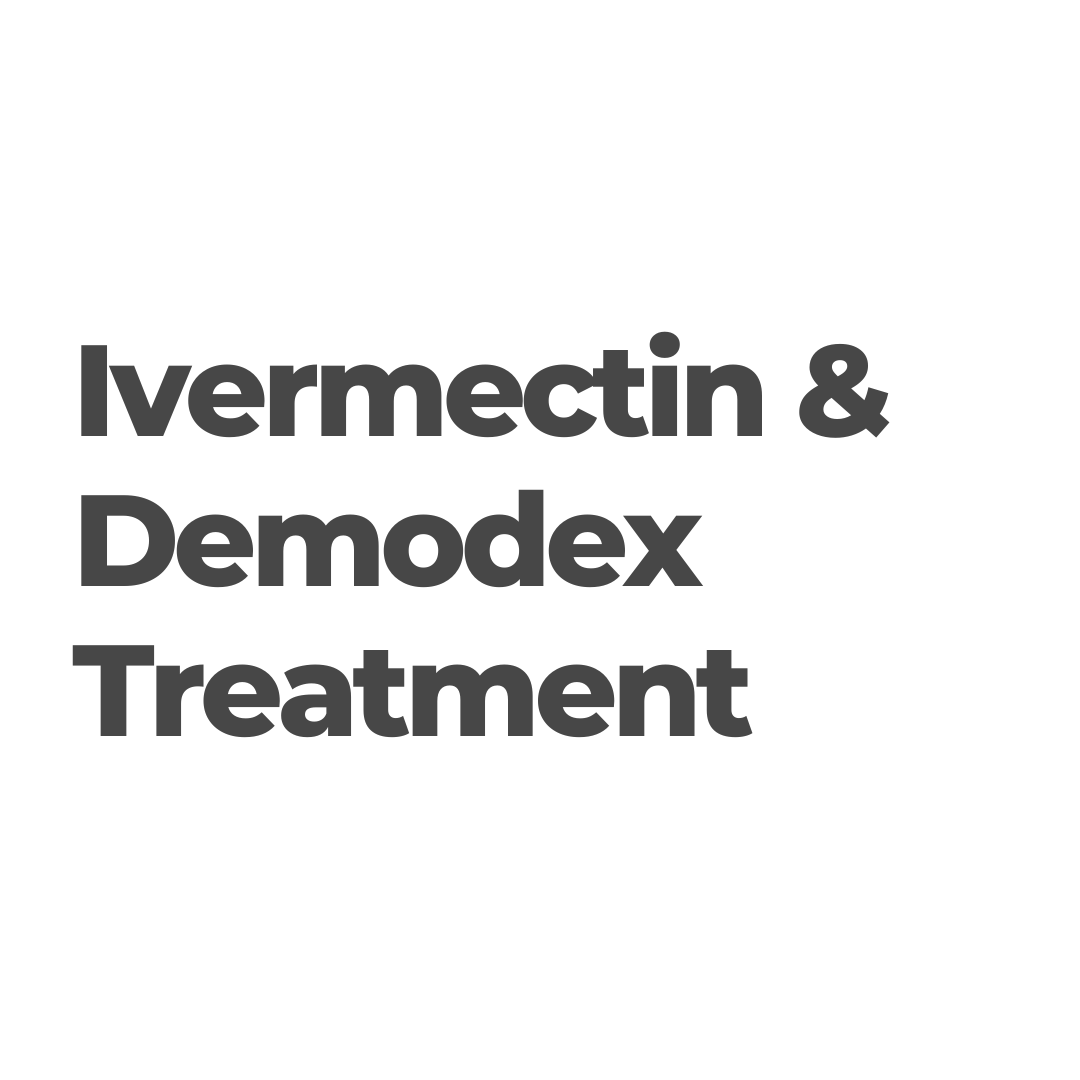Dry eye disease is an inflammatory disease that will progressively worsen over time if left untreated. Eye drops are a temporary solution, but they do not fix the underlying cause of the problem.
At Aelo, we address the root cause of the problem - Inflammation.
We offer Lumenis OptiLight IPL treatment for dry eye disease. OptiLight is the first and only IPL FDA-approved and TGA-listed for the management of dry eye disease.

The treatment course comprises four to five sessions, generally spaced 2-4 weeks apart (not earlier than 2 weeks and no later than 4 weeks). Following each session, it is recommended to use a moisturizer cream and sunscreen, as the skin may exhibit sensitivity for a brief period.
The whole process for each treatment from start to finish, depending on the treatment protocol utilized, typically takes around 15 minutes, often with 5-10 minutes of that being hands-on time for the optometrist.
Following this, maintenance treatments typically involve one session per year. However, the frequency of maintenance treatments may vary for some patients based on the severity of their condition, necessitating more or less frequent interventions.
What are the benefits of Intense Pulse Light Treatment?
- Improve meibomian gland function
- Improves meibomian gland structure, function, quality of meibum, and tear breakup time (TBUT)
- Reduced inflammation
- Reduces inflammatory factors found in the tear film and on the ocular surface.
- Reduced telangiectatic blood vessels
- Destroys telangiectatic blood vessels (ocular rosacea), which are a major source of inflammation to the eyelids.
- Improved eye hygiene
- Decreases Demodex and bacterial load on eyelids.
- Get rid of a stye quick!
All of these potential benefits make OptiLight an optimal treatment choice for long-term dry eye patients and newly diagnosed patients alike.
IPL is often used in combination with other treatments, such as lid hygiene, warm compresses, and lubricating eye drops, to provide comprehensive care for eye conditions.
Origin of Intense Pulsed Light
Intense Pulsed Light (IPL) therapy, renowned for its efficacy in dermatology for over two decades, primarily targeting pigment to address skin lesions like telangiectasia, haemangiomas, and acne rosacea, has garnered attention in the ophthalmic field.
Notably, a surprising discovery has linked IPL treatments to significant improvements in symptoms related to meibomian gland dysfunction (MGD) among dermatology patients, leading to overall relief in Dry Eye Disease. This breakthrough underscores the potential of IPL as a promising therapeutic approach for addressing dry eye conditions.
The Science Behind IPL
Intense Pulsed Light is an advanced non-laser technology utilizing a high-intensity light source generated by a flash lamp, emitting wavelengths between 400 to 1200nm. This innovative treatment administers precisely controlled pulses of intense red and infrared light, each lasting a mere few milliseconds. Specifically designed for application on the eyelids and upper face.
The light from the IPL machine is absorbed by the melanin in the skin. Melanin is a pigment that gives skin its colour. When the light is absorbed by the melanin, it is converted into heat.
The heat from the light causes the meibomian glands to contract. This helps to squeeze out the oil that the glands produce. The oil helps to keep the tears from evaporating too quickly.
IPL is a safe and effective treatment for dry eye. It is typically performed in a doctor's office and takes about 30 minutes per session. Most people need to undergo 3-5 treatment sessions to see results.
What Conditions Can Intense Pulsed Light Treat?
IPL is a good treatment option for people with dry eye who have not responded to other treatments. IPL is also a good treatment option for people with severe dry eye and the following other conditions:
- Meibomian Gland Dysfunction
- Ocular Rosacea
- Hair Removal
- IPL can effectively remove unwanted hair from various parts of the body, including the face, arms, and legs.
- IPL specifically targets the pigment within hair follicles, where the intense pulsed light is absorbed, resulting in damage to the follicle and the suppression of hair growth. To achieve optimal results, multiple sessions are recommended, with the exact number determined by individual factors like hair colour, hair thickness, and skin tone.
- Skin Rejuvenation
- IPL can improve the appearance of sun damage, age spots, freckles, and other pigmentation irregularities.
- It can also stimulate collagen production and improve skin texture, tone, and elasticity. The treatment works by targeting the melanin in the skin, which absorbs the light energy and is then broken down by the body's natural processes.
- Acne Treatment
- IPL can reduce the inflammation associated with acne and help prevent future breakouts.
- IPL can be an effective treatment for mild to moderate acne. The light energy penetrates the skin and targets the bacteria that cause acne, as well as the inflammation associated with acne.
- Rosacea Treatment
- By targeting the blood vessels in the skin, IPL can reduce the redness associated with rosacea and improve skin quality by targeting the blood vessels in the skin. The light energy is absorbed by the blood vessels, which are then broken down for enhanced skin clarity.
- Vascular Lesions
- IPL can reduce the appearance of broken capillaries, cherry angiomas, and other vascular lesions.
- Post-surgical Healing
- IPL can help reduce the appearance of discoloration and redness associated with scars.
Similar to any medical treatment, the efficacy of IPL treatments may vary based on individual factors and the severity of the condition being addressed.
How does Intense Pulsed Light work?
The device uses Lumenis' patented and innovative Optimal Pulse Technology (OPT) easily allowing for a consistent, precise, and controlled light-based treatment of the signs of MGD and dry eye disease.
OptiLight uses pulses of light to treat dry eye through several different mechanisms, including:
1) Eliminating Atypical Blood Vessels
2) Eradicating Demodex Infestation
3) Modulating Meibum Secretion
4) Revitalizing Lid Function and Aging
5) Nurturing Meibomian Gland Structure
Contraindications for Intense Pulsed Light
- Fitzpatrick skin types V and VI
- Higher risk for adverse events, such as burns or blistering.
- Tattoos around the eyes:
- IPL treatment is not recommended in areas with tattoos around the eyes and tattoo eyeliner as treating over the tattoo pigment can result in significant skin irritation and depigmentation.
- Sun Exposure:
- Recent or excessive exposure to sunlight or artificial tanning before and after the procedure is discouraged.
- Photosensitivity:
- Caution is advised for individuals on medications known to cause photosensitivity.
- Inflammatory Conditions:
- Individuals with systemic inflammatory connective tissue and skin diseases may not be suitable candidates for IPL treatment.
- Sunburns, healing wounds, or active herpes infection around the eyes
- Within 6-month prior to the first IPL session.
- Eye surgery or Eyelid surgery
- Within 6-month prior to the first IPL session.
- Neuro-paralysis
- Within 6-month prior to the first IPL session.
- Uncontrolled eye disorders affecting the eye (such as allergies)
- Within 6-month prior to the first IPL session.
- Eye infections
- Within 6-month prior to the first IPL session.
- Prior history of cold sores or rashes on the skin around the eye area
- Such as Herpes simplex 1 and 2, systemic lupus erythematosus, and porphyria.
- Using photosensitive medication and/or herbs
- Within 3-months prior to the first IPL session.
- Such as isotretinoin, tetracycline, doxycycline, and St. John's Wort).
- However, it has been shown that patients concurrently taking doxycycline and receiving IPL experience any adverse photosensitivity-related effects
- Radiation therapy to the head or neck
- Within 12-months prior to the first IPL session.
- Or planned radiation therapy within 8 weeks after the last IPL session.
- Treatment with chemotherapeutic agent
- Within 8-weeks prior to the first IPL session.
- Or planned chemotherapy within 8-weeks after the last session.
- History of migraines, seizures, or epilepsy
What are the risks of Intense Pulse Light Treatment?
When considering medical procedures such as IPL, it's crucial to be aware of potential complications. These treatments, while generally safe and well-tolerated under the guidance of a qualified clinician, do carry certain risks.
Some potential complications associated with IPL include:
- Temporary redness and swelling of the eyelids
- Temporary burning or itching of the eyes
- Increased sensitivity to light
- Skin Irritation
- Following treatment, patients may experience temporary redness, swelling, or sensitivity in the treated area. Although generally mild and short-lived, these effects may persist for a few days in some cases.
- Hyper- or Hypopigmentation
- Changes in skin pigmentation, such as darkening (hyperpigmentation) or lightening (hypopigmentation), can occur. This is more common in individuals with darker skin tones and, in some instances, may be permanent. Selecting appropriate settings based on the patient's Fitzpatrick skin type can help reduce the risk of pigmentary complications.
Prior to the Intense Pulsed Light Treatment
To optimize IPL effectiveness, patients are advised to refrain from using face makeup at least one day before the treatment. Additionally, it's recommended to avoid products containing retinoids due to their potential to heighten sensitivity to sun exposure.
IPL therapy primarily targets areas such as the skin over the cheeks, nose, and occasionally the eyelids, focusing on telangiectasia blood vessels that contribute to eyelid inflammation in cases of dry eye disease.
Ultrasound gel is applied to the skin overlying the cheeks and nose to cover the treatment area and protective adhesive eye patches. Application of the treatment gel serves a dual purpose – protecting the skin from the heating effect and ensuring optimal light penetration to target haemoglobin in telangiectatic vessels. The gel application must avoid excess pressure to prevent vessel flattening, which could impede blood flow and reduce haemoglobin exposure. Transparency of the gel is crucial, as coloured gel diminishes light transmission.

Safeguarding the patient's eyes is paramount, necessitating the use of an eye shield. This precaution is vital because IPL wavelengths can heat up melanin and haemoglobin, posing a risk of thermal damage to the iris. This damage may lead to intraocular inflammation and iris depigmentation.
The eye shields also ensure that the eyelashes are not accidentally burned away.
During the Intense Pulsed Light Treatment
During the treatment, it is essential to apply gentle pressure to ensure proper contact with the skin. However, it is crucial to avoid excessive pressure, especially when treating areas with significant telangiectasia. Too much pressure can lead to blanching of these vessels, resulting in decreased blood flow. Consequently, this diminishes the presence of haemoglobin-rich red blood cells, which serve as the treatment target by absorbing the light generated by the IPL.
Patients should be forewarned about a potential burning smell during the IPL process, attributed to the burning of downy facial hair rather than the skin itself. It is advised to steer clear of IPL application in moustache and beard areas to avoid interference with future facial hair growth.
Intense Pulsed Light Treatment Aftercare
A significant advantage of IPL treatment is its minimal aftercare requirement. Nonetheless, it is crucial to counsel patients to steer clear of sun exposure, particularly avoiding tanning entirely.
- For the initial two weeks post-treatment, especially within the first 48 hours, it is advisable to wear sunscreen (SPF 30 or higher) and/or a hat.
- The skin is more sensitive during this period, and UV light can be damaging, potentially negatively impacting the regenerative effects of the treatment.
- It is optimal for patients to apply sunscreen before leaving the office following the completion of the treatment
- Refrain from using abrasive facial scrubs or products containing retinol, as retinoids can be harmful to the meibomian glands..
Typically, the treatment is well-tolerated, with the most common side effect being mild redness and irritation, akin to a mild sunburn, which is transient and dissipates quickly. If the patient experiences bothersome irritation, a gentle skin moisturizer is often sufficient for comfort.
It is also essential to remind patients to continue using their other prescribed dry eye treatments as directed, as IPL treatment is most effective when used in conjunction with other therapies.
Follow-up & Frequency of Future Treatments
The identical procedure will recur every 3-4 weeks for a total of four treatments.
Synchronizing treatments with patient schedules can prove challenging, allowing for flexibility with intervals ranging from 2 to 5 weeks; however, optimal results are achieved within the recommended 3-4 week range. During the fourth treatment, we elucidate the post-treatment follow-up schedule. Typically, patients revisit us 4-6 weeks after their final treatment for a comprehensive evaluation of their progress. We recommend discussing the impact of IPL on each test.
This follow-up entails replicating all pre-treatment tests including:
- Meibography
- Tear meniscus height evaluation
- Lipid layer analysis
- Tear breakup time
Conversely, if desired outcomes are not yet evident, a fifth or even sixth treatment may be necessary, particularly for patients with severe DED and MGD, especially those with significant meibomian gland loss. In cases where objective testing improves but symptoms lag behind, these patients are often considered candidates for a fifth treatment or the inclusion of another external therapy.
As discussed, following the initial series of four treatments, patients often necessitate periodic maintenance treatments over time. However, the frequency and quantity of required treatments vary based on individual patient factors, as per our collective clinical experience. Typically, most patients will require a repeat treatment between 6-12 months after their initial series. This often involves only one to two treatments rather than a complete series of four. Generally, the longer the interval between the first series and the repeat treatment, the more likely multiple sessions will be required. It is advisable to communicate early in the IPL treatment discussion that future maintenance treatments will likely be necessary, setting expectations and informing patients that the treatment can be easily repeated if symptoms regress over time.
It is crucial to note that certain patients may require or prefer more frequent treatment than the standard four sessions followed by maintenance every 6-12 months. Notably, patients with significant meibomian gland loss, such as post-chemotherapy cases, may respond exceptionally well to routine monthly treatments when other therapies prove inadequate. Patients with less severe but still significant DED may benefit from treatments every 3-4 months for sustained improvement.
Furthermore, some patients discover that routine IPL treatments allow them to discontinue other therapies, reducing reliance on daily treatments. Determining treatment frequency involves closely listening to the patient and educating them on what to observe post-treatment. For instance, as part of patient education, we convey that most patients will eventually need maintenance treatment, typically between 6-12 months, though this can vary. Therefore, they should vigilantly monitor their symptoms. If initial improvement after IPL diminishes and symptoms return despite ongoing prescription treatments, it may indicate the need for repeat maintenance treatment.
Using the Fitzpatrick Skin Type Scale
Ensuring optimal outcomes in IPL treatment for dry eye disease demands a meticulous approach, particularly in tailoring pulse type, flash duration, and energy settings to the patient's skin colour. An effective method of assessing suitability is through the Fitzpatrick Skin Type Scale, which classifies skin types on a scale of one to six based on their response to UV light. This classification guides the customization of IPL parameters, acknowledging that certain skin types are more compatible with this therapy. The Fitzpatrick scale ranges from I-VI and is based on a patient’s ability to tan versus burn with sun exposure.

Adhering to the Fitzpatrick Scale is pivotal, as it aids in determining the appropriate energy settings for IPL treatment. Notably, patients with darker skin tones necessitate lower treatment energy settings. As treatment progresses and inflammatory vessels diminish, energy settings can be gradually increased. Striking the right balance is crucial, as higher energy levels enhance the impact on meibomian glands, yet pose an elevated risk of skin irritation. This nuanced approach optimizes the effectiveness of IPL in addressing dry eye disease while mitigating potential adverse effects.
5 Clinical Pearls for Intense Pulsed Light Treatment for Optometrists
1. Encourage Sun Protection
Prioritize shielding yourself from the sun's rays before and after IPL treatments to minimize complications like hyperpigmentation. Utilize a broad-spectrum sunscreen with an SPF of 30 or higher, and wear protective clothing when outdoors.
Unprotected sun exposure, especially without sunscreen, heightens the risk of complications and may impact the efficacy of your IPL treatment.
2. Avoid Sun Tanning Products
Alongside avoiding direct sun exposure, steer clear of spray tans and self-tanning products at least two weeks pre and post IPL sessions.
3. Use Proper Eye Protection
Ensure constant use of eye protection, such as device-specific goggles or corneal shields, during IPL treatments to safeguard your eyes from potential harm.
4. Adhere to Post-Treatment Guidelines
Post-treatment, diligently follow the clinician-provided instructions. This includes avoiding sun exposure, opting for gentle skincare products, and steering clear of activities that might irritate the treated area.
Use in combination with other treatments, such as lid hygiene, warm compresses, and lubricating eye drops, to provide comprehensive care for eye conditions.
5. Customise Treatments
Customize IPL treatments to address specific skin concerns, types, and conditions. It's crucial to adjust each patient's settings according to their skin type and specific concerns for optimal results.






